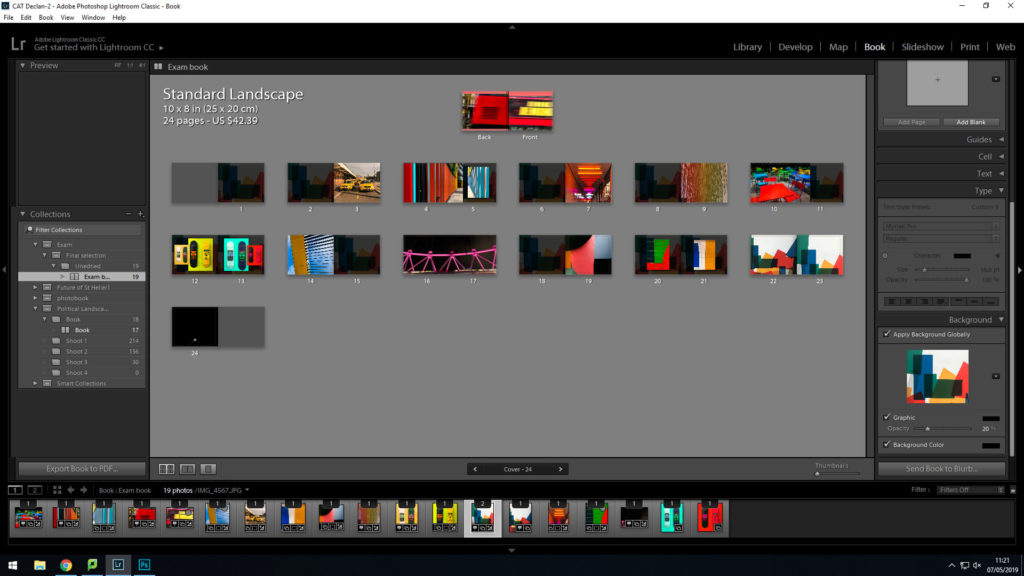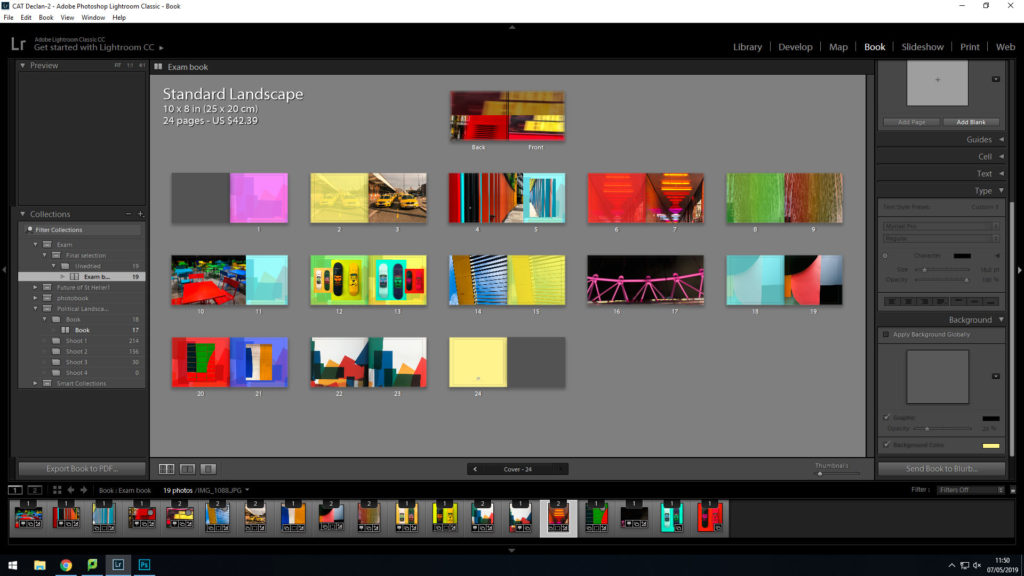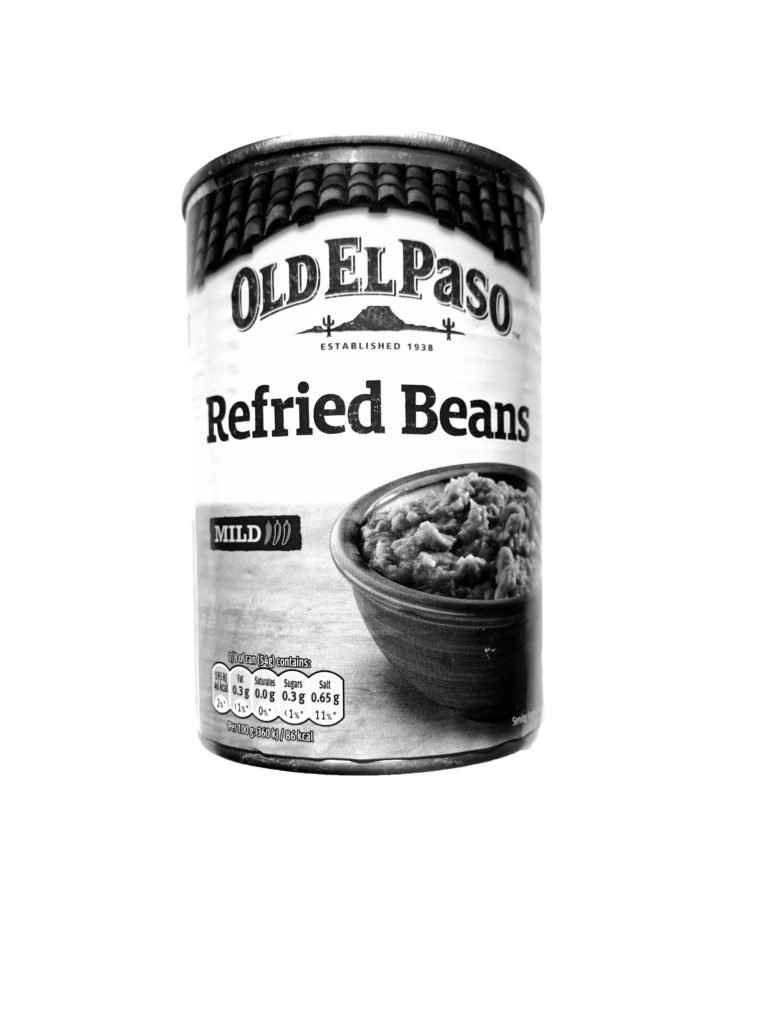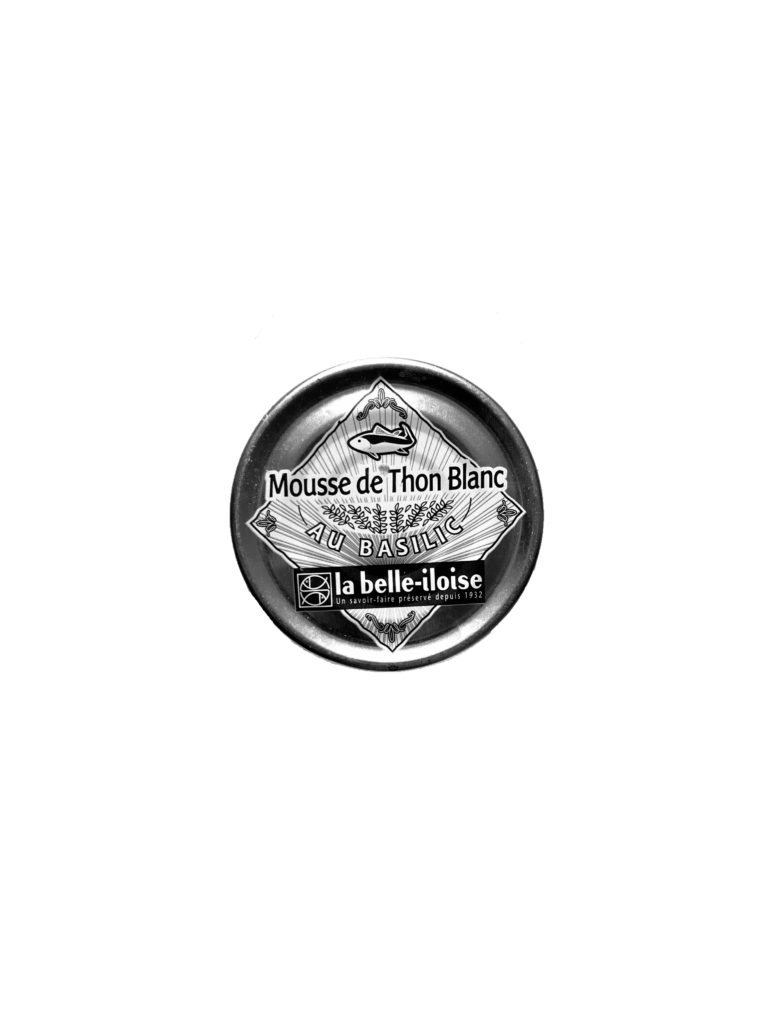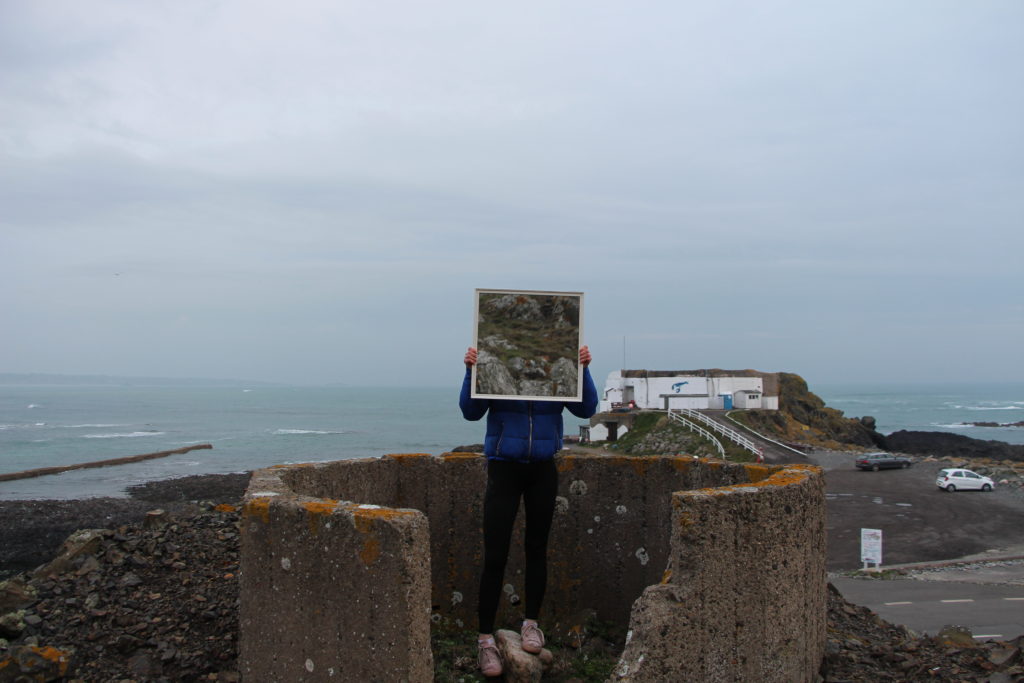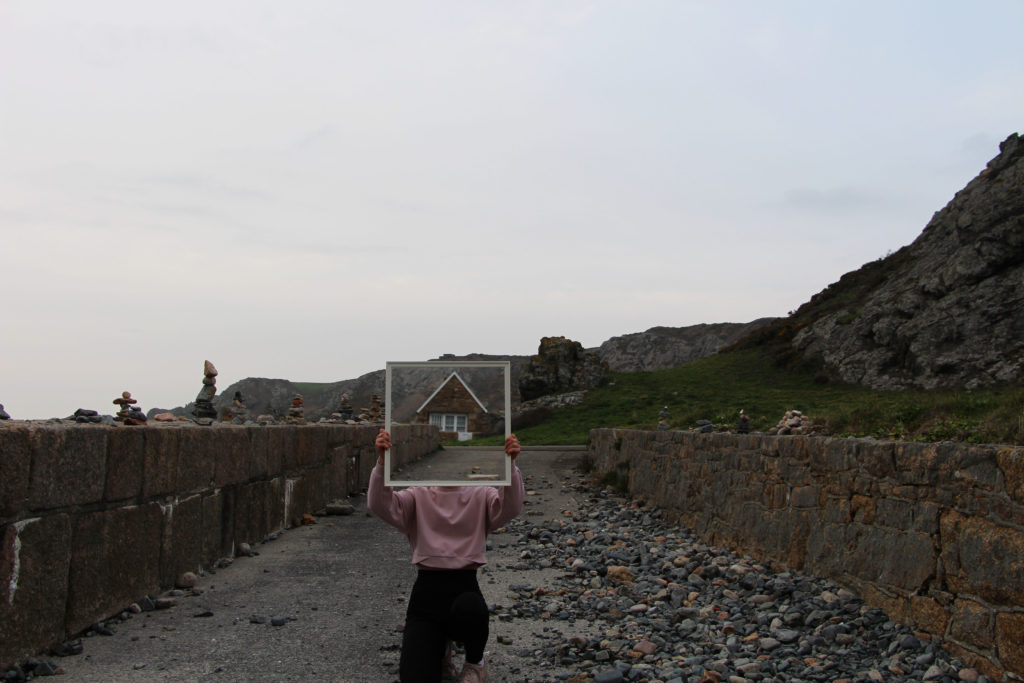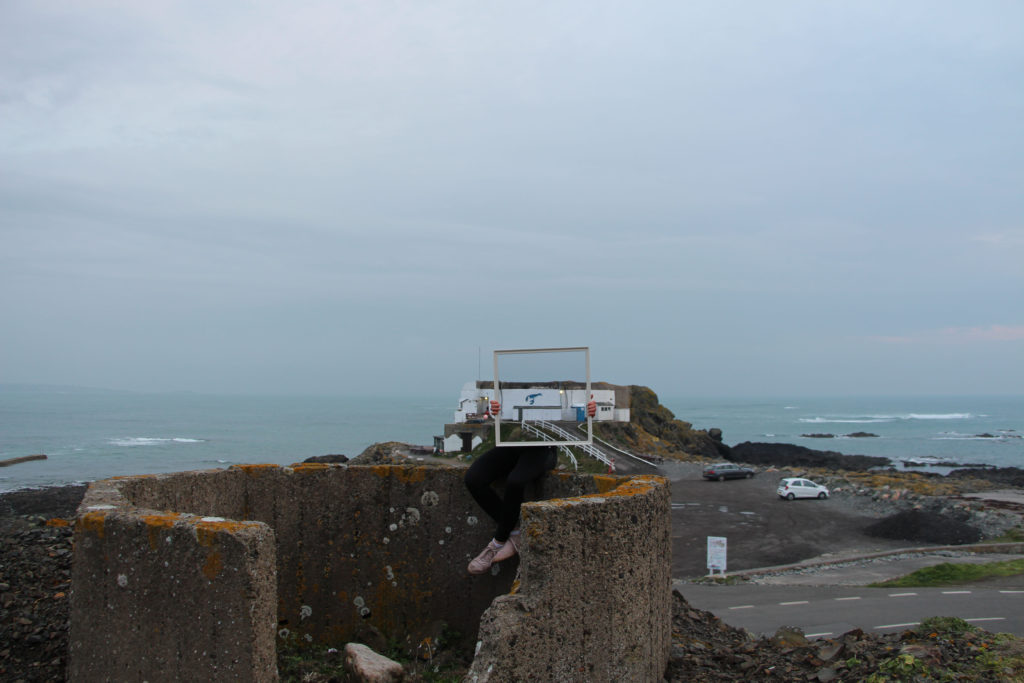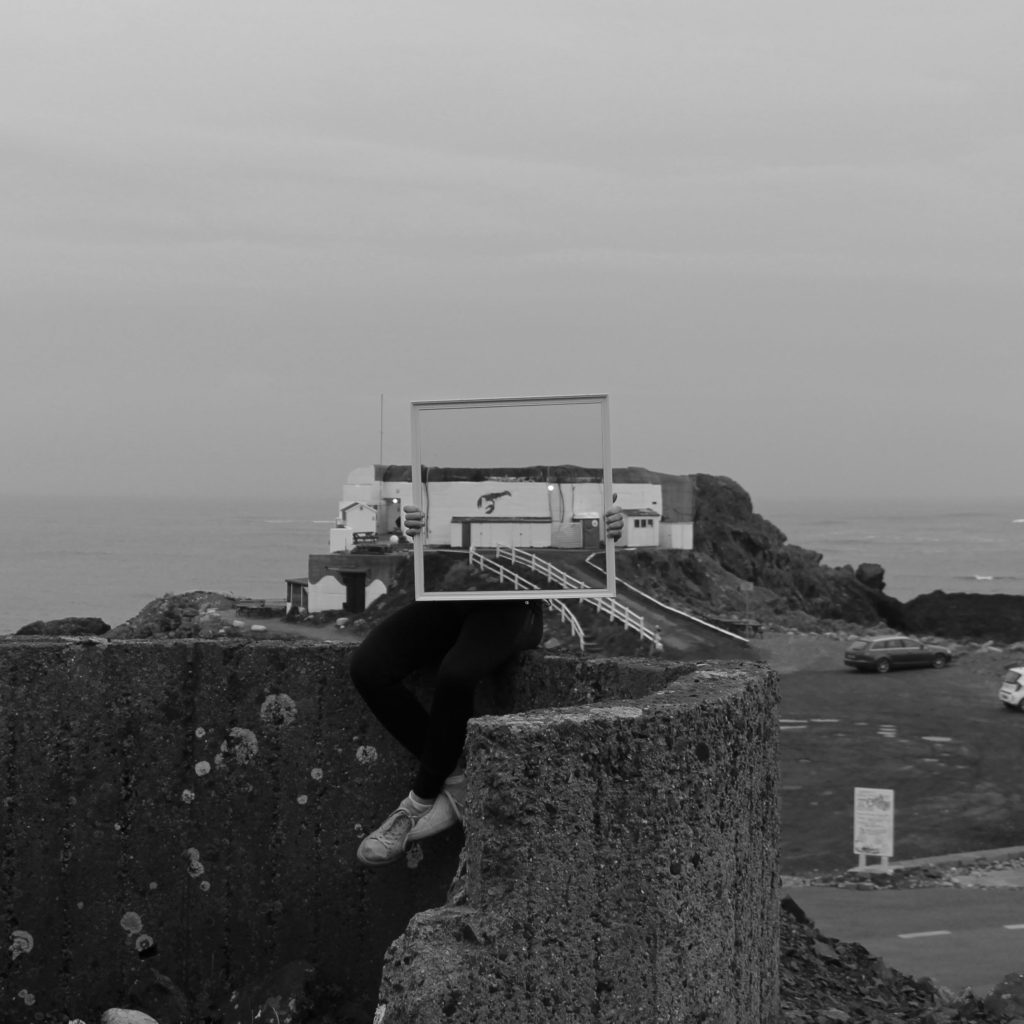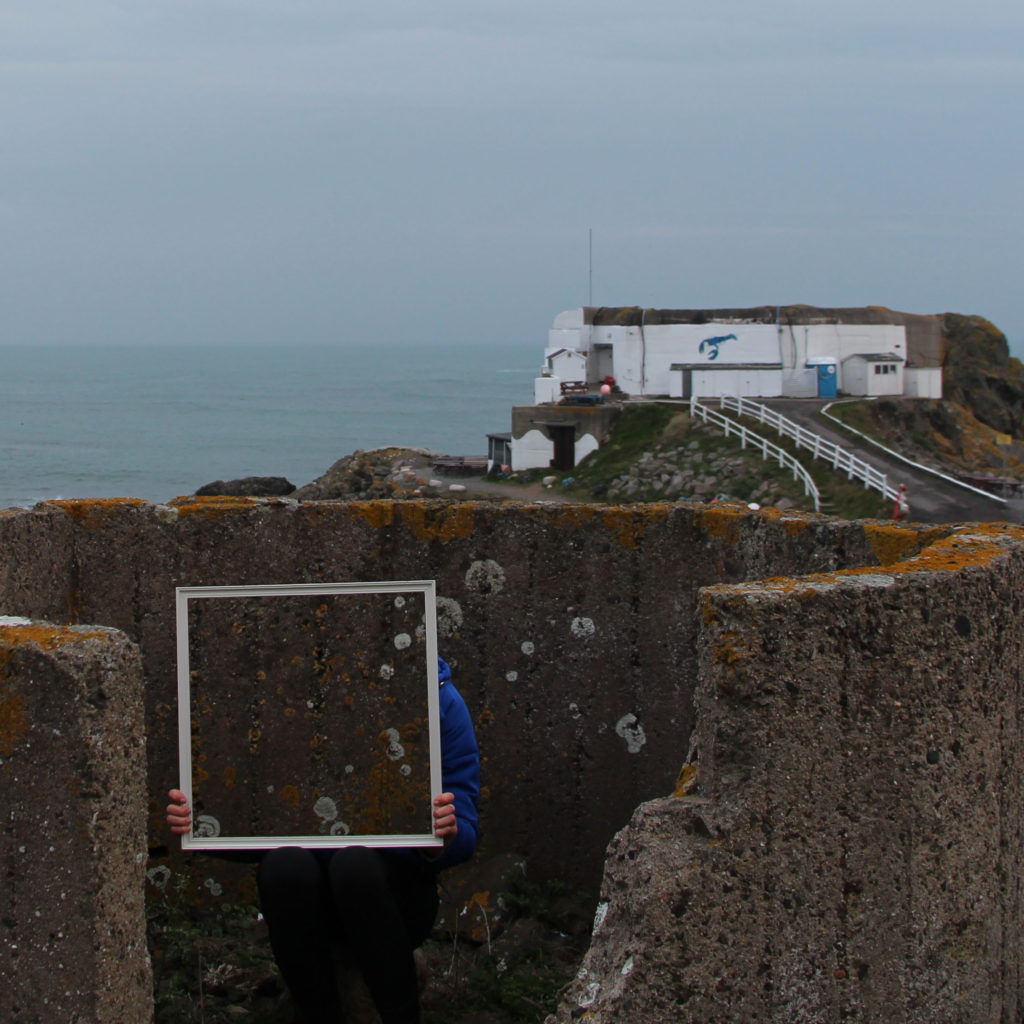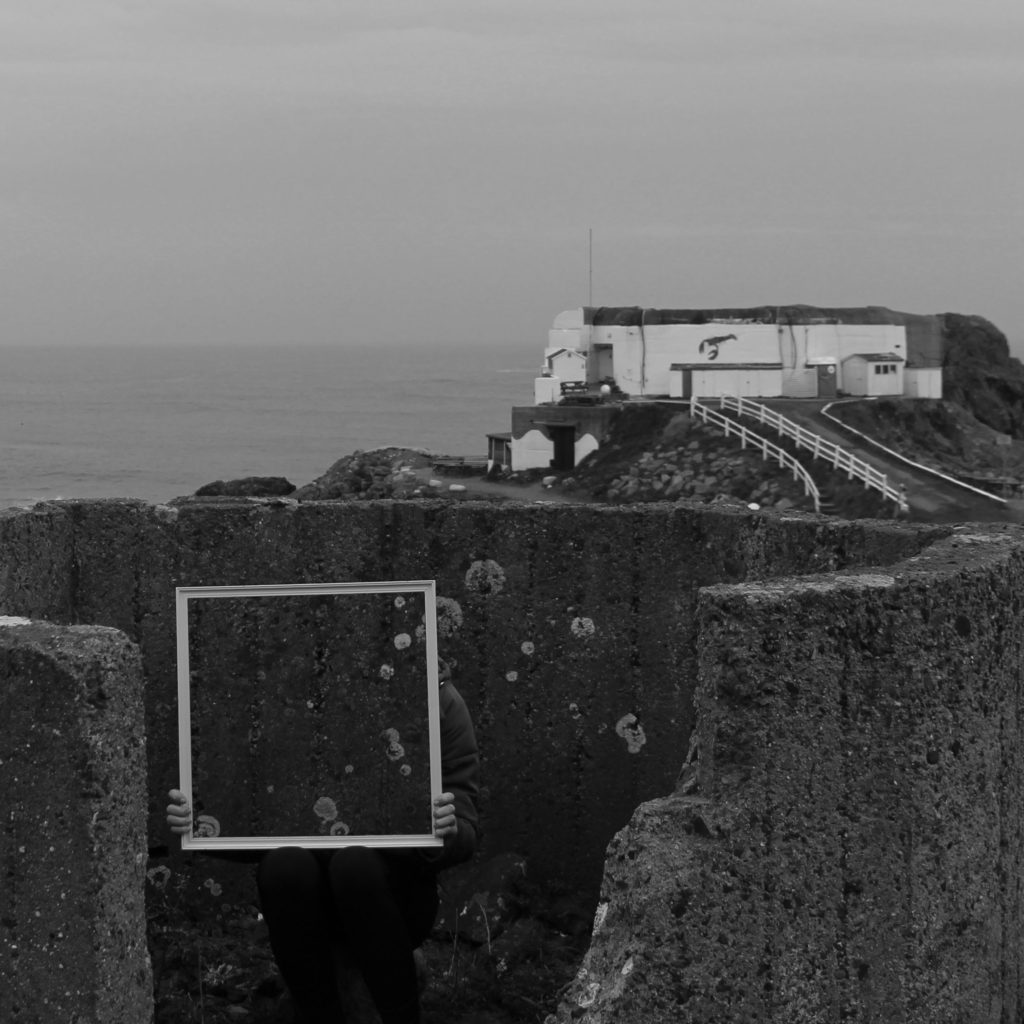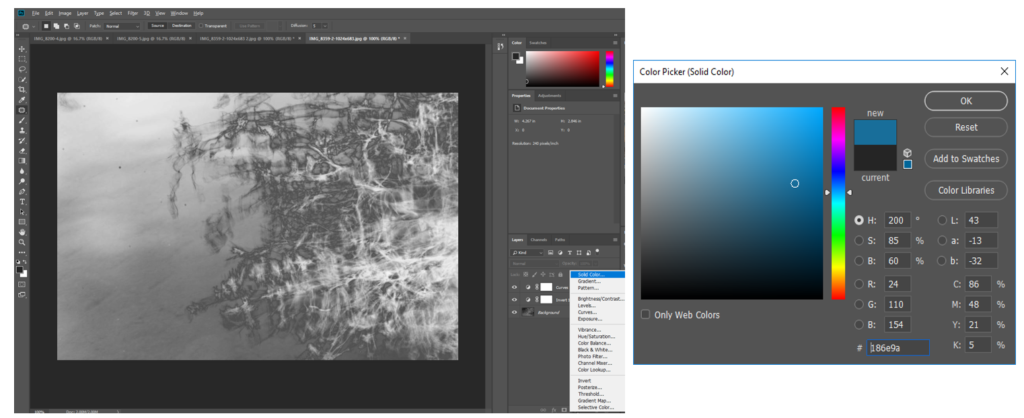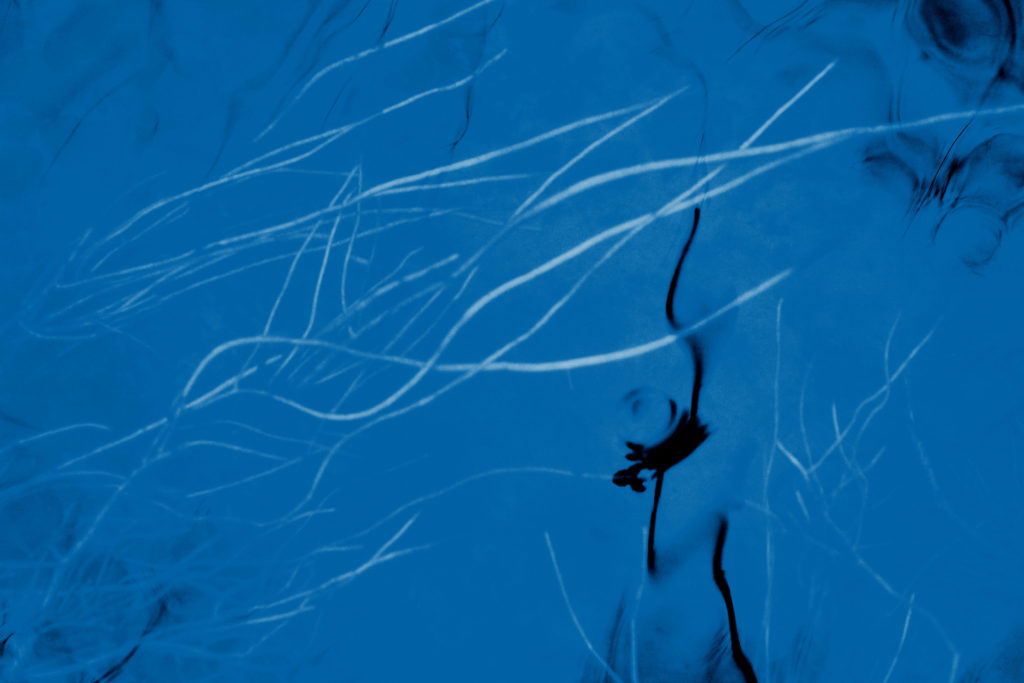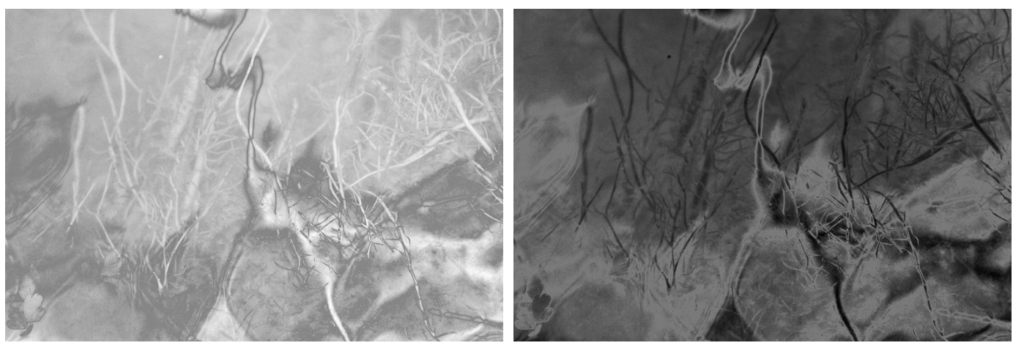Psychoanalysis was founded by Sigmund Freud (1856-1939). Freud believed that people could be cured by making conscious their unconscious thoughts and motivations, thus gaining insight. The aim of psychoanalysis therapy is to release repressed emotions and experiences, i.e., make the unconscious conscious. It is only having a cathartic (i.e., healing) experience can the person be helped and “cured.”
Psychoanalysis Assumptions
- Psychoanalytic psychologists see psychological problems as rooted in the unconscious mind.
- Manifest symptoms are caused by latent (hidden) disturbances.
- Typical causes include unresolved issues during development or repressed trauma.
- Treatment focuses on bringing the repressed conflict to consciousness, where the client can deal with it.
How can we understand the unconscious mind?
Psychoanalysis is commonly used to treat depression and anxiety disorders. In psychoanalysis (therapy) Freud would have a patient lie on a couch to relax, and he would sit behind them taking notes while they told him about their dreams and childhood memories. Due to the nature of defence mechanisms and the inaccessibility of the deterministic forces operating in the unconscious, psychoanalysis in its classic form is a lengthy process often involving 2 to 5 sessions per week for several years.
This approach assumes that the reduction of symptoms alone is relatively inconsequential as if the underlying conflict is not resolved, more neurotic symptoms will simply be substituted. The analyst typically is a ‘blank screen,’ disclosing very little about themselves in order that the client can use the space in the relationship to work on their unconscious without interference from outside.
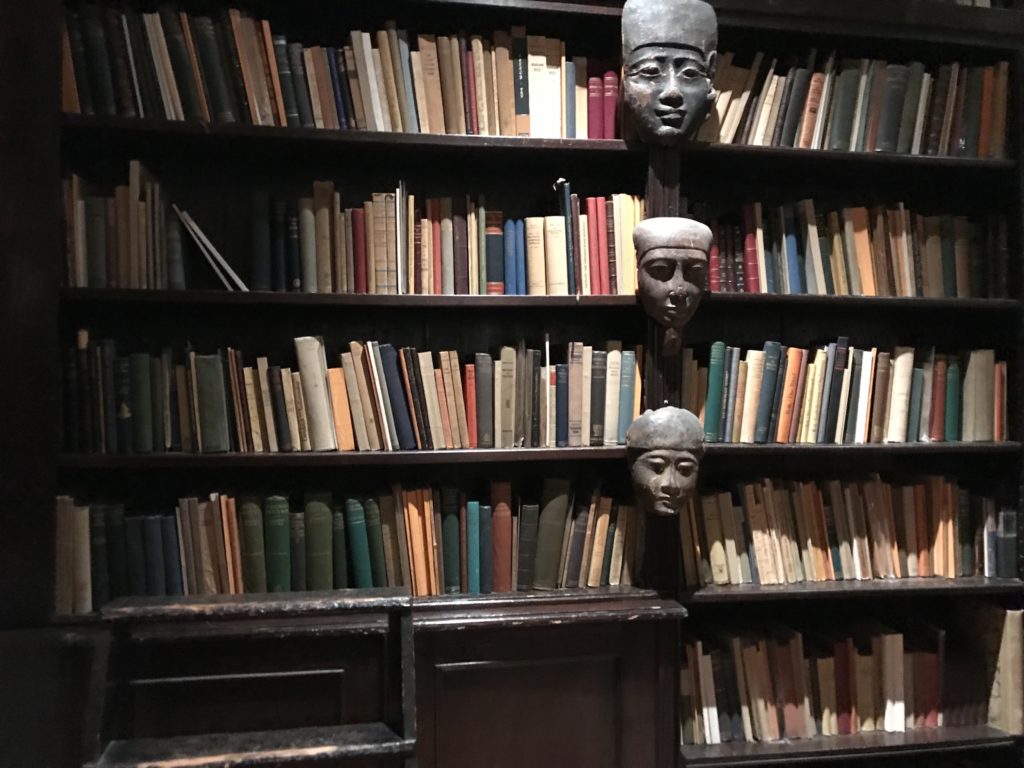

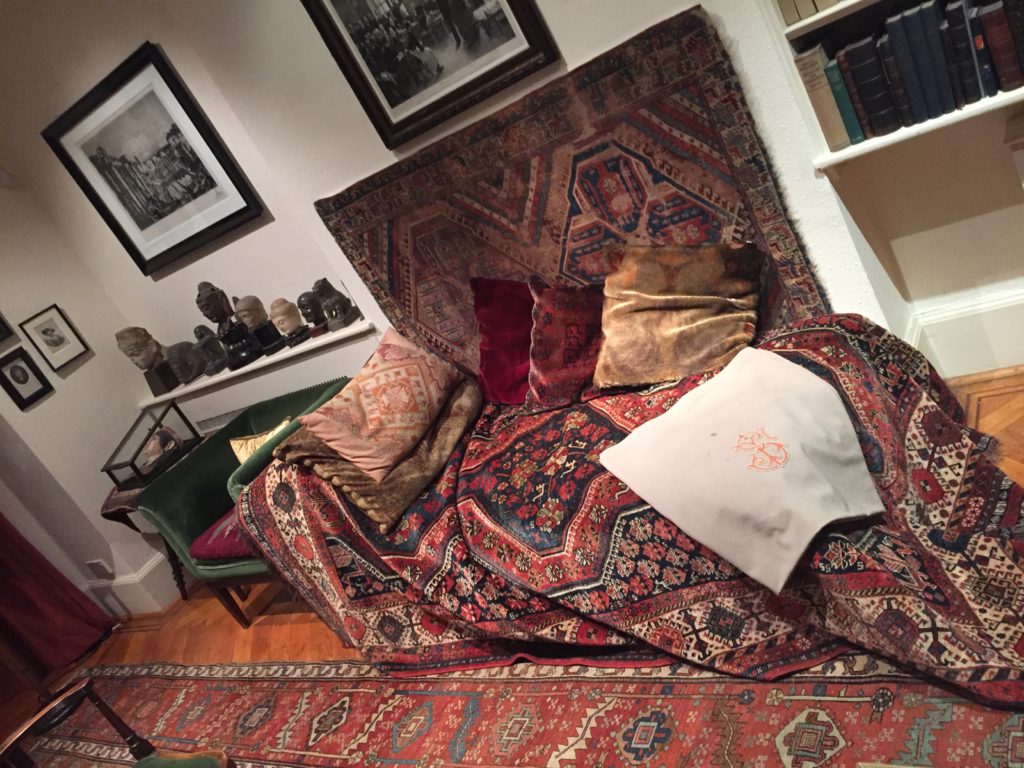
Images from my visit to the Freud Museum in London, including
Sigmund Freud’s famous “Psychoanalytic Couch”
Psychoanalysts use various techniques to develop insight into their clients behaviour and the meanings of symptoms, including ink blots, parapraxes, free association, interpretation (including dream analysis), resistance analysis and transference analysis.
– Rorschach ink blots:
The ink blot itself doesn’t mean anything, it’s ambiguous (i.e., unclear). It is what you read into it that is important. Different people will see different things depending on what unconscious connections they make. The ink blot is known as a projective test as the patient ‘projects’ information from their unconscious mind to interpret the ink blot.
– Freudian Slip:
Unconscious thoughts and feelings can transfer to the conscious mind in the form of parapraxes, popularly known as Freudian slips or slips of the tongue. We reveal what is really on our mind by saying something we didn’t mean to. An example of this is where a person may call a friend’s new partner by the name of a previous one, whom they liked better.
Freud believed that slips of the tongue provided an insight into the unconscious mind and that there were no accidents, every behavior (including slips of the tongue) was significant (i.e., all behavior is determined).
– Free Association:
A simple technique of psychodynamic therapy, is free association, in which a patient talks of whatever comes into their mind. This technique involves a therapist reading a list of words (e.g.. mother, childhood, etc.) and the patient immediately responds with the first word that comes to mind. It is hoped that fragments of repressed memories will emerge in the course of free association.
Freud reported that his free associating patients occasionally experienced such an emotionally intense and vivid memory that they almost relived the experience. This is like a “flashback” from a war or a rape experience. Such a stressful memory, so real it feels like it is happening again, is called an abreaction. If such a disturbing memory occurred in therapy or with a supportive friend and one felt better–relieved or cleansed–later, it would be called a catharsis.
– Dream Analysis:
According to Freud the analysis of dreams is “the royal road to the unconscious.” He argued that the conscious mind is like a censor, but it is less vigilant when we are asleep. As a result, repressed ideas come to the surface – though what we remember may well have been altered during the dream process.
As a result, we need to distinguish between the manifest content and the latent content of a dream. The former is what we actually remember. The latter is what it really means. Freud believed that very often the real meaning of a dream had a sexual significance and in his theory of sexual symbolism he speculates on the underlying meaning of common dream themes.


